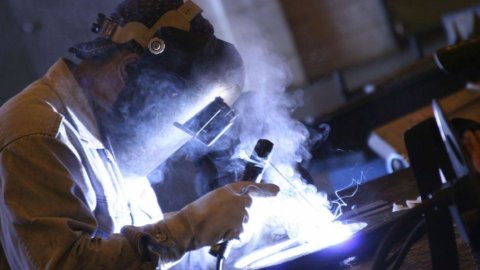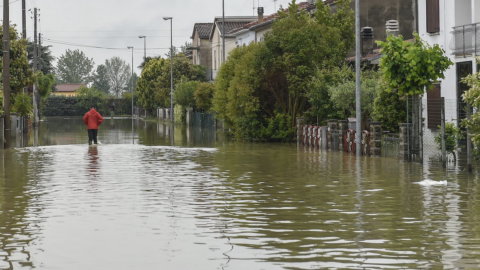Recovery, profitability, risks. The scenario of the Italian supply chains described in the Prometeia report is based on these three "Rs". The last few months have seen a general slowdown in the growth of turnover on the domestic front as well as on that of exports, also due to a less dynamic international cycle. The growth at current prices of the supply chains will settle at a level of 1.8% more than in 2013, a favorable result that comes after a two-year decline.
However, the gap with respect to before the crisis remains large: the average figure is 4 points, 30 for the automotive sector, 17 for construction products, almost 10 for metal and wood furniture. In terms of profitability for the end of 2014, a ROI of 3.8% is estimated, less than half that of 2007. The lack of profitability affects the size and quality of the recovery, effectively depriving companies of the resources necessary to restart the flywheel of investments, a variable now increasingly necessary to keep pace with global competitiveness.
In 2006, during the last expansive phase of technological investments in the Italian supply chains, 3D manufacturing and alternative energies were a technological frontier for the few; today they are a widespread and concrete opportunity for strategic change in the way of doing industry, also capable of responding to new needs. Social media, once practically non-existent in Italy and not widespread globally, are now an important reality.
If Facebook were a nation it would be, like India, the second most populous market, encouraging the best companies to invest dedicated resources to develop the customer experience through new channels. Considerable opportunities will then continue to pass through the internationalization process, considering that the export premium for the supply chains (the difference between domestic and foreign demand) will remain above 3 points for the 2014-16 period. These are growing spaces for development, but increasingly complex to manage. Furthermore, if on the one hand the scenario sees the great return of the United States (and therefore of a wealthy but sophisticated clientele and fierce competitors in the market), on the other hand it has to face greater and numerous geopolitical risks.
The Russian/Ukrainian crisis, but also the growing instability in the Arab world and the tensions around the islands of the South China Sea represent a possible destabilizing element of the fragile global recovery. The index of sustainable competitiveness of the Italian supply chains is worsening, showing how the prolongation of the times of a more solid recovery can have important consequences on the state of health of the industry.
In some supply chains, the good performance of exports supports the positioning of the final goods which, in cascade, affect the value chain (mechanics, chemistry, electrical engineering the most virtuous cases). In others, the absence of final demand creates tensions that inevitably have repercussions along the entire supply chain (particularly metals, wood, furniture and construction products) especially at the extremes of the value chain (sourcing and distribution are the most penalized phases).
A consolidation of the recovery (at least three points per year the expected growth for turnover in the two-year period 2015-16 represents, together with the country's rediscovered pride and industrial vision, the main tool for alleviating most of these critical issues.





